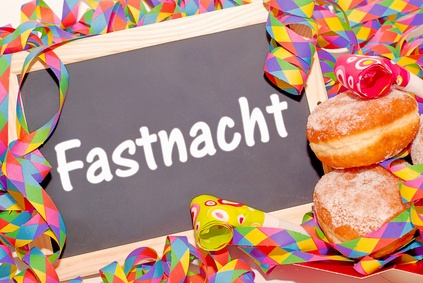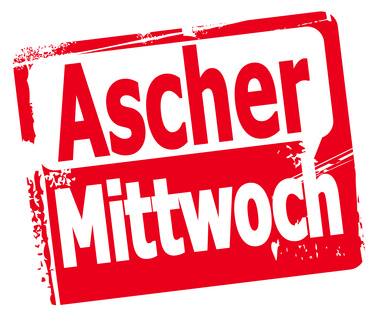Fastnacht - Still lots to Learn

"Dekoriert" - Even I know what that means - "Decorated". Maybe I didn't comprehend the entire meaning as my next blooper will Show.
Lesson 2
I had so much to learn about Fastnacht.I was practically tarred and feathered for eating meat on Ashlermittwoch. I’m not even sure I knew it was Wednesday.

My worst mistake was the one that seemed so straight forward. I read a sign outside a restaurant that said „Dekoriert “(decorated). Amazing, I understood the word.
I said to my 5 year old son, „Look that restaurant is decorated for carnival, let’s go in and take a look.”
My son would have seen more decorations than at a nude beach had the bouncer not stopped us at the door. I later learned that these top-less long-legged decorations are a specialty of the Rhein Valley and Liechtenstein carnival.
.jpg)
To protect all of you non-Swiss from repeating my numerous mistakes, I have asked some Fastnacht experts to clear up my confusion. This of course is limited to my confusion about Fastnacht.
Fastnacht, also called Fasching or Carnival, began in the middle ages. People dressed in costumes and masks to chase away the long, cold winter. Today there is also a lot of chasing going on; mainly each other, from restaurant to restaurant. Fastnacht officially begins on the 11th of November at 11.11 am. The main festivities begin on “Schmützigen Donnerstag”, 52 days before Easter, continue through the weekend until Rosenmontag and spiral out of control before it ends at midnight on Fastnachtdienstag (Fat Tuesday). Aschlermittwoch (Ash Wednesday) begins the fasting period where people should restrain from alcohol, excess food and other bad habits until Easter. (This is easy since the reserves have been more than adequately filled during the festivities.)
Fastnacht fever is evident across the region in a multitude of events; a testament to the fact that Switzerland is not boring. Guggamusik, (mini-marching bands) dress in colorful costumes and ornately paint their faces to match. They take part in Monsterkonzerts, (concerts) Maskenballs and Umzüge, (parades) and are found in the larger towns. Local school groups, clubs and kids dress up in masks and costumes and build parade floats using political, religious or social themes.
.jpg)
The Hexen and Naaren (witches and fools) are true Fastnacht fanatics and play a leading role in the parades, heaving unsuspecting spectators over their shoulders and throwing them into wagons full of confetti before being released half a kilometer down the parade route. Some people take two weeks holidays and come from as far as Germany, Austria and other regions of Switzerland traveling from town to town to participate in the confetti filled parades and festivities.
It is easy to make a "Naaren" (fool) out of yourself, like I did at the Fastnachtumzug (Carnival Parade). Others make the front page of the Fastnachtzittag. Find out what not to do at Fastnacht in both of these articles.